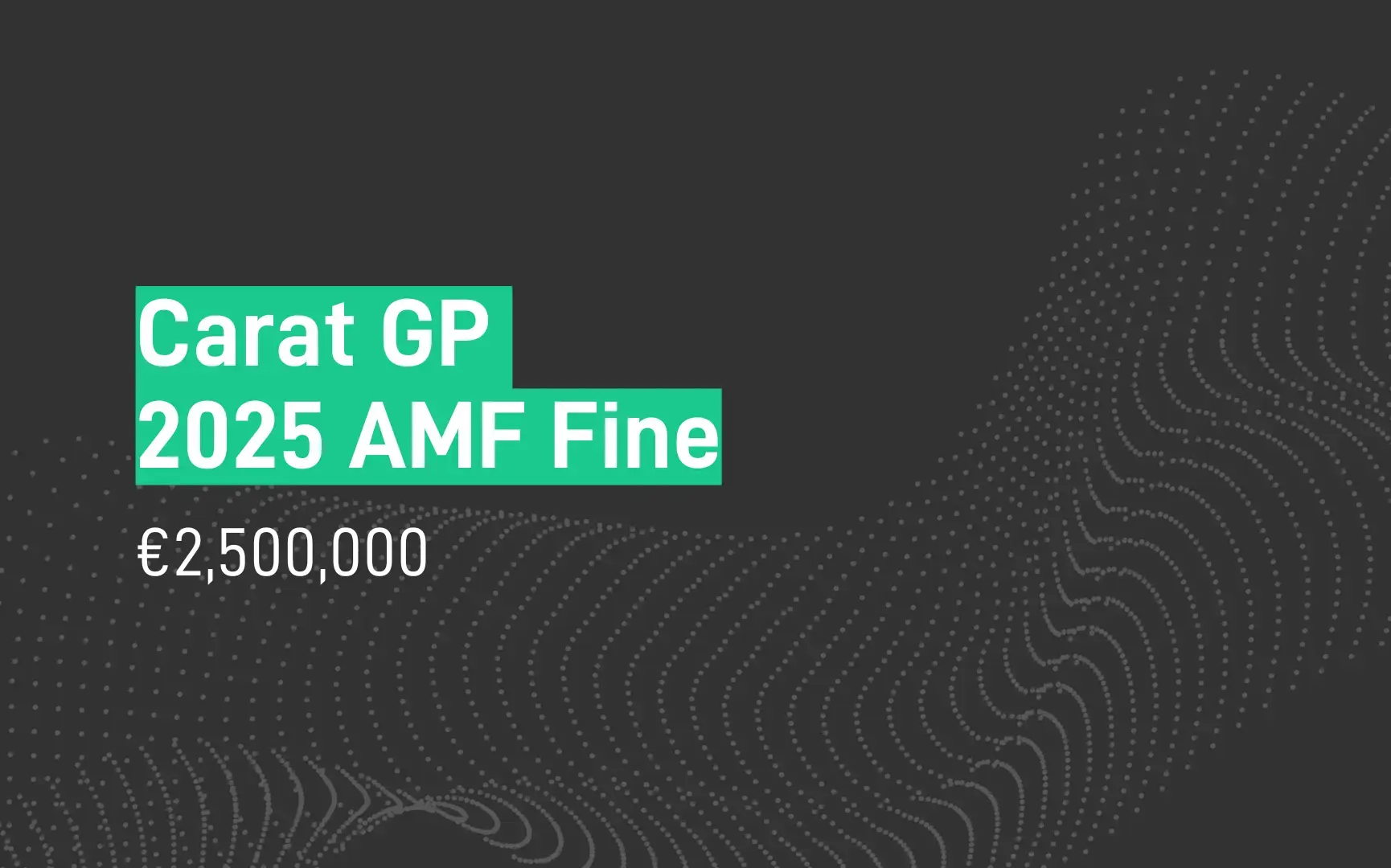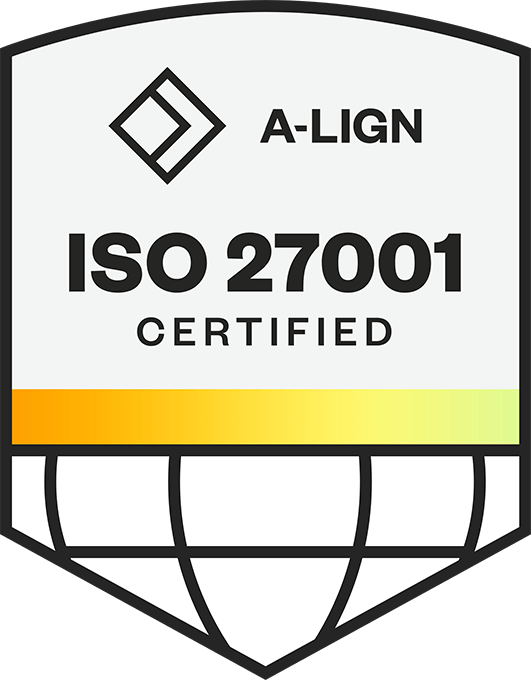Quick Facts
-
Fine Amount: £5,888,800
-
Primary Violation: Breaches of Statements of Principle 2 and 6 (due skill, care and diligence) in APER
- Regulator: Financial Conduct Authority (FCA)
-
Relevant Period: 31-Jul-28 > 3-Jun-19
- Fine Date: 1-Jul-25
Overview
On 1 July 2025, the Financial Conduct Authority (FCA) issued a Decision Notice to Neil Woodford, imposing a £5,888,800 financial penalty under section 66 of the Financial Services and Markets Act 2000 for breaching Statements of Principle 2 and 6 in APER (Statements of Principle and Code of Practice for Approved Persons).
Additionally, the FCA made a prohibition order under section 56, barring him from certain regulated activities. These actions stem from Woodford's failures between 31 July 2018 and 3 June 2019, where, as lead fund manager and risk owner at Woodford Investment Management Limited (WIM), he did not exercise due skill, care, and diligence in managing liquidity risks for the LF Woodford Equity Income Fund (WEIF), resulting in its inappropriate liquidity profile, suspension, and investor losses.
Details of the Case
Neil Woodford, as majority owner and founder of WIM, held key roles including Head of Investment, lead fund manager for the WEIF (a UCITS fund authorized in May 2014), and designated risk owner for liquidity risks from July 2017. He also served on WIM's Investment Oversight Committee (until August 2018), Management Team, and Management Board, while performing CF1 (Director) and CF30 (Customer) controlled functions.
The WEIF's prospectus entitled investors to redeem within four business days, requiring a prudent liquidity profile under FCA rules like COLL Chapter 5. During the relevant period, the WEIF faced ongoing redemptions, poor performance, and liquidity deterioration, with NAV falling from £6 billion to £3.6 billion.
Woodford's failings included a narrow understanding of his liquidity responsibilities, prioritising investment strategy over rebalancing, using inappropriate metrics, inadequate oversight of delegated tasks, and ignoring warnings from Link (the ACD). He assumed metrics were appropriate without challenge, except when they hindered his strategy, leading to framework changes that masked issues.
This breached Principle 2 (in his CF30 role) and Principle 6 (in his CF1 role), increasing suspension risk. The fund was suspended on 3 June 2019 after Kent County Council's redemption request and later wound up, returning about £2.56 billion amid asset devaluations.
WORKED EXAMPLES
INVESTMENT DECISIONS AFFECTING LIQUIDITY
During the relevant period, WIM's investment activity involved selling approximately £2.2 billion in shares while purchasing £0.9 billion, resulting in a net outflow of £1.3 billion. This was not balanced; WIM disproportionately sold more liquid assets (e.g., in the 12 months ending 31 July 2018, 87% of sales were from Buckets 1 and 2 under the Revised Four Bucket Model, while only 13% were from Buckets 3 and 4).
Conversely, purchases were weighted toward less liquid assets, with Buckets 3 and 4 comprising a higher proportion of buys than sells. This led to a significant deterioration: the proportion of assets in Bucket 1 (liquidatable within 7 days) fell from 18% in July 2018 to 8% by June 2019, far below Comparator Funds.
WIM prioritised investment conviction over liquidity, as noted internally: "the fund manager has chosen to liquidate those positions that he has the least conviction in". Additionally, WIM increased holdings in illiquid TISE-listed securities despite their unquoted-like characteristics and the fund's deteriorating profile, breaching the spirit of the 10% unquoted limit.
Examples of purchases in illquid securities include:
- Ombu: Purchased in June 2018 (£10.38 million) and September 2018 (£10.38 million).
- Sabina: Purchased in January 2018 (£8.94 million), June 2018 (£8.82 million), and November 2018 (£26.47 million).
- Proton Partners: Purchased in February 2019 (£18m).
LIQUIDITY METRIC FAILURES
Woodford assumed metrics like the Revised Four Bucket Model (100% Participation Rate, Full Allocation, 12-month ADTV) were appropriate without verification, challenging them only when crossings restricted strategy (e.g., proposing changes in September 2018/April 2019 that reduced reported illiquid assets without real improvement).
Stress testing ignored extreme scenarios (e.g., no modeling for 40% redemptions or market stress beyond historical data) and used optimistic assumptions; had reasonable ones (e.g., 20% or 25% Participation Rate with Linear Allocation) been applied, triggers would have activated earlier (e.g., Initial T+20 Metric's 25% trigger crossed continuously from August 2018, nearing the 20% limit by mid-September 2018 before discontinuation).
No 2019 risk appetite review occurred, despite ongoing deterioration where Bucket 1 assets fell from 18% to 8%. Specific crossings included: Buckets 3 and 4 at 66.9% on 4 March 2019 (crossing 65% trigger), 69.33% on 29 March 2019 (nearing 70% limit), and breaches of 70% three times in April 2019 (e.g., 70.01% on 26 April 2019).
Under the Initial Four Bucket Model, the 70% limit for Buckets 3 and 4 was breached from mid-September 2018 until October 2018. The Authority's Corrected Model showed Bucket 4 increasing from 33% to 41%, confirming an "unreasonable" profile.
RESPONSE TO WARNINGS
Woodford provided no oversight of delegated administrative tasks (e.g., monthly risk returns, contingency plans), assuming Risk/Compliance functions handled them adequately. He failed to engage with Link's concerns (e.g., November 2017 warning of an "unbalanced" profile with increased Bucket 3/4 exposure, urging rebalancing to reduce Bucket 4 and restore Bucket 1; December 2018 expectation of "prompt action" post-breach to return to a balanced portfolio), leading WIM to disagree and propose metric alterations instead.
On 20 September 2018, Link urged "need to improve the overall liquidity profile" and rebalance to a "considerably more liquid profile"; on 28 March 2019, "strongly urge WIM to bring the liquidity profile out of the trigger by month end"; on 4 April 2019, bring out of trigger "as soon as practicable"; internal Link comment in March 2019: "this is just Woodford all over. Give them an inch and they take a mile. They should have acted immediately to take it [illiquid holdings] down."
Internally, Woodford questioned frameworks only to enable strategy, as in IOC/Management Team discussions, prioritizing conviction over controls: e.g., August 2018 internal note, "hard to argue we’re meeting our COLL liquidity obligations" if liquidity continued deteriorating, yet no rebalancing followed. On 9 April 2019, WIM proposed further metric changes amid breaches. This culminated in suspension after KCC's redemption request, with Woodford later stating in interview: "I have never been more right" about his strategy, showcasing reluctance to adapt.
Fines and Penalties
Key Quotes
- "Mr Woodford failed to act with due skill, care and diligence in carrying out his controlled functions... and thereby breached Statements of Principle 2 and 6 as set out in chapter 2 of APER." (From the FCA Decision Notice, paragraph 2.1)
- "Mr Woodford held a defective and unreasonably narrow understanding of his responsibilities in respect of liquidity risk... He saw his responsibility as to manage the fund within the bounds of the prescribed metrics, triggers and limits but not to take reasonable steps to ensure that those metrics, triggers and limits were appropriate." (From the FCA Decision Notice, paragraph 2.10(a))
- "Mr Woodford’s investment decisions and other failings... materially increased the risk that suspension of the fund would be required, and thereby place those investors who did not redeem prior to the point of suspension at a disadvantage." (From the FCA Decision Notice, paragraph 2.11)
Sources








